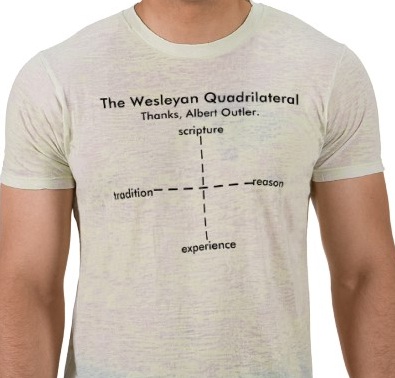For countless years of my youth, I was at Conyers First United Methodist Church on New Year’s Eve.
Each year, the youth group at my home church hosted a lock-in on New Year’s Eve. These long nights were filled with lip-singing contests (I won many of these), games that involved us running through a huge dark church, pizza, and a pancake breakfast on New Year’s day. It seems like every year there was also a broken stained glass window discovered the Sunday after.
While vague memories of those fun times have lingered, I’ll never forget being in the sanctuary when the clock struck 12:00 each year.
We didn’t have a fancy service. We would gather in the sanctuary, which was always filled with a little more mystery without the sun-lit stained glass and loud organ present. Typically, we would sing worship songs played off of the latest WOW Worship CD. Our youth minister would give a short message. Then, we would sit in the pews and pray as the New Year arrived.
I don’t remember many specifics of my prayers on those evenings. But I always remember feeling the transcendent presence of God in the darkened space. I also remember asking myself this question each year: “Am I closer to God this year as compared to last year?” Some years this question was very convicting. Other years it led me to celebration.
Little did I nor the youth minister know that our gathering in the sanctuary on New Year’s Eve was a Methodist tradition that began years before.
In 1755, John Wesley began leading Covenant Renewal services. These services were times in which people would remember the covenant made at their baptism–a covenant to serve God with all one’s heart and soul. Wesley found that these services were very encouraging and powerful for everyone involved, and soon they began being held in numerous Methodist societies.
Over time, many British Methodist churches began to hold these services on New Year’s Day or the first Sunday of the year since these were natural times of renewing commitments. These services continue with regularity in British Methodism today. While only a small number of congregations in America hold these services each new year, the order of worship for a Covenant Renewal service can be found on page 288 of the UMC Book of Worship.
One of the most powerful aspects of the service is the “Wesley Covenant Prayer.” While John Wesley admitted that he was not the originator of this prayer, it has served as a powerful tool for spiritual formation in the Methodist church over the last two centuries.
Throughout my first six months of ministry I have prayed this prayer regularly in the mornings in order to help orient my heart for the day. I plan to continue to pray it throughout this new year, and I’d like to invite you to pray this prayer with me as well.
The Wesley Covenant Prayer
I am no longer my own, but thine.
Put me to what thou wilt, rank me with whom thou wilt.
Put me to doing, put me to suffering.
Let me be employed for thee or laid aside for thee,
exalted for thee or brought low for thee.Let me be full, let me be empty.
Let me have all things, let me have nothing.
I freely and heartily yield all things to thy pleasure and disposal.
And now, O glorious and blessed God, Father, Son and Holy Spirit,
thou art mine, and I am thine.So be it.
And the covenant which I have made on earth,
let it be ratified in heaven.Amen.
Click here for a PDF of this prayer that you can easily print. This is a great prayer to have around, so cut it or fold it in half and place it in your bible or somewhere where you will see it regularly.

